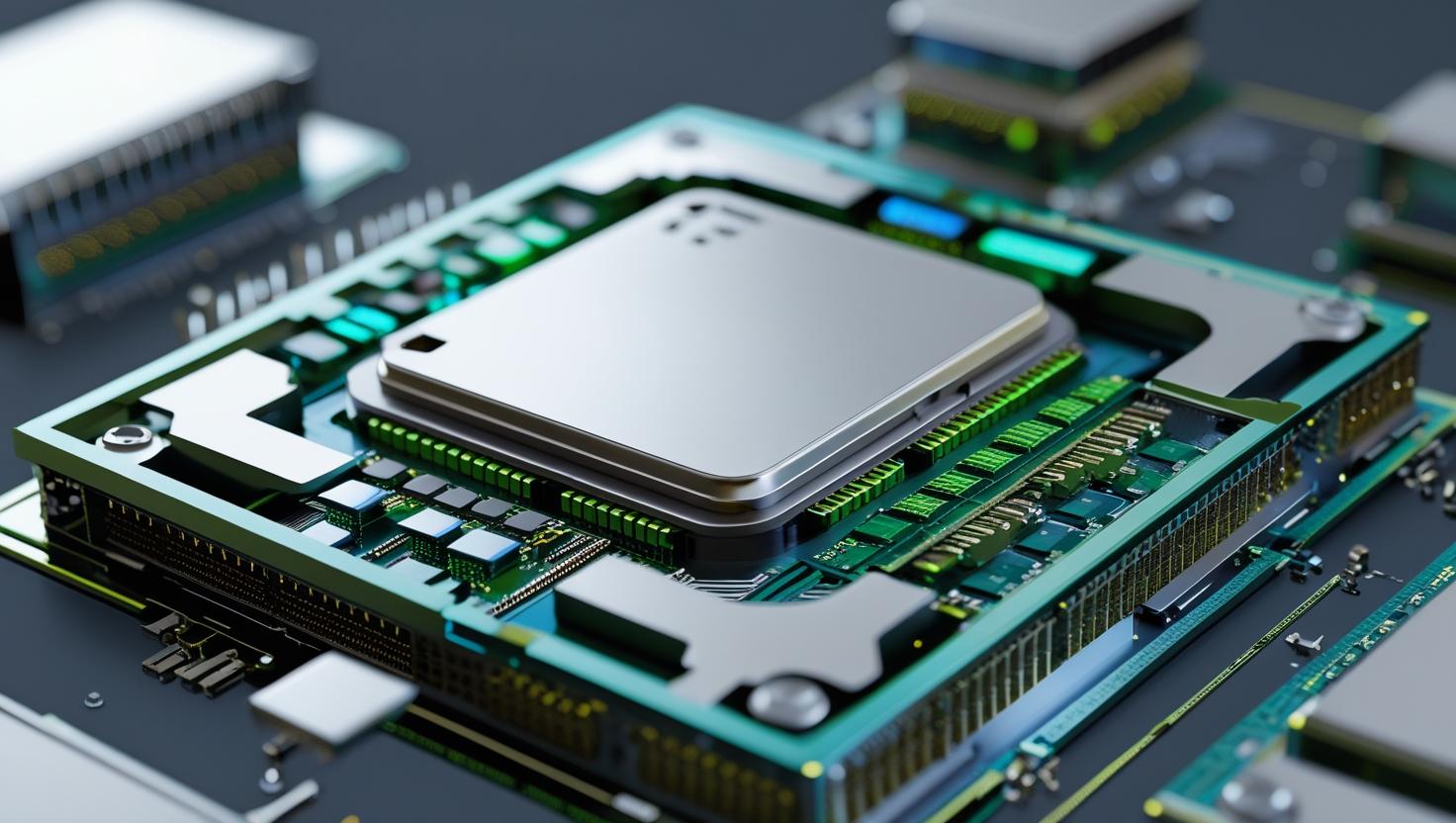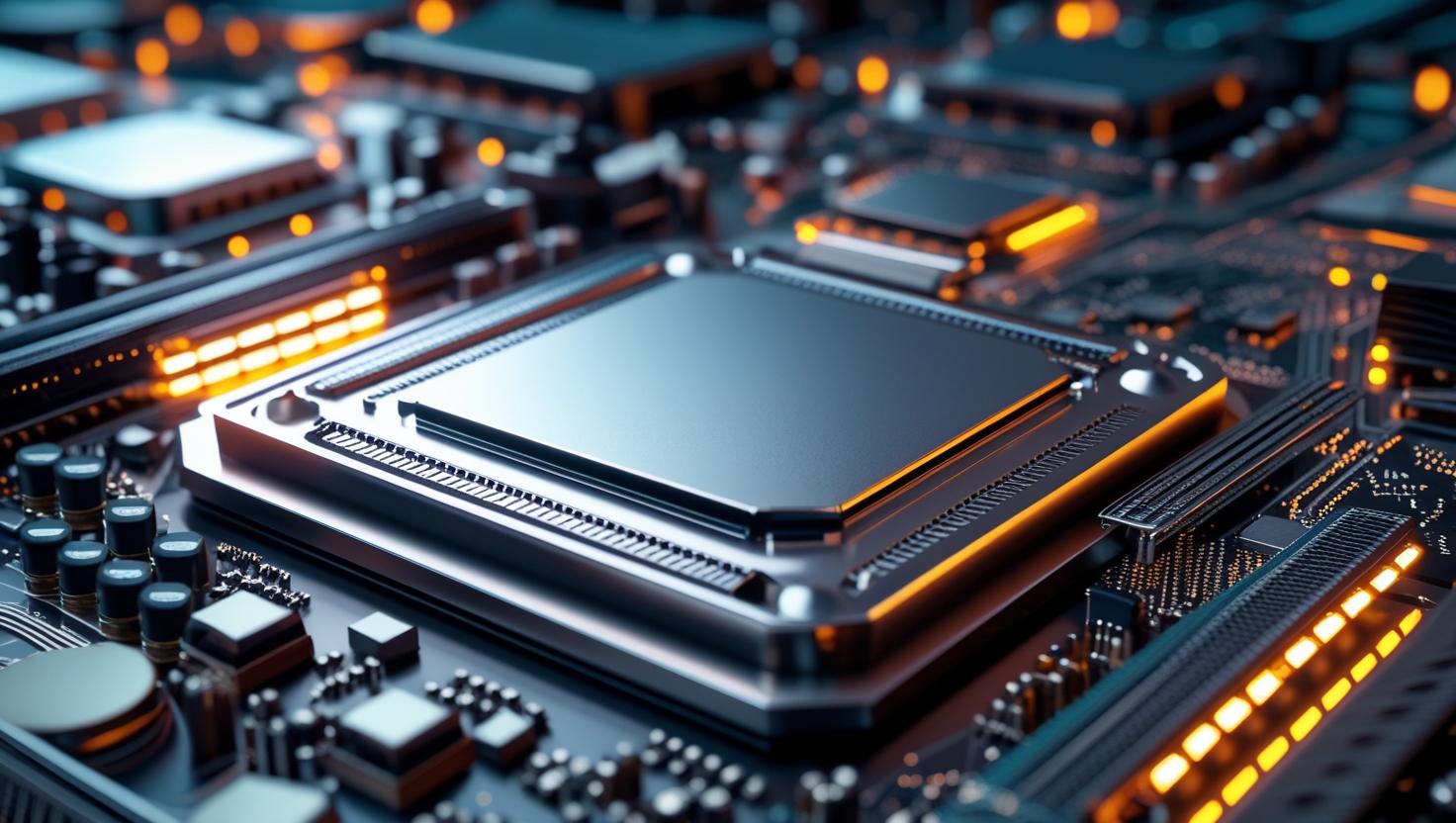The digital age has ushered in an unprecedented surge in data generation, storage, and processing. Data centers — the backbone of our connected world — are under constant pressure to deliver higher performance, greater efficiency, and robust scalability. At the heart of these data centers lie server processors, the critical chips that power everything from cloud services and artificial intelligence (AI) to big data analytics and enterprise applications.
As workloads become more complex and data volumes continue to explode, server processors are evolving rapidly. Next-generation chips are being designed to meet the soaring demands of modern data centers, incorporating innovations in architecture, power efficiency, and specialized capabilities. This article explores the key trends shaping server processor development and how these advancements are enabling data centers to thrive in today’s fast-paced digital ecosystem.
The Rising Demand for Performance and Efficiency
Data centers now support a vast range of applications — from streaming and social media to AI training, machine learning inference, and edge computing. These diverse workloads require processors that can deliver exceptional compute power without compromising energy efficiency.
One of the primary trends is the move toward multi-core and many-core architectures. By increasing core counts, server processors can handle parallel processing more effectively, allowing data centers to execute numerous tasks simultaneously. For instance, modern server chips now commonly feature 64 or more cores, providing a massive boost in throughput for multithreaded workloads.
At the same time, power efficiency is paramount. Data centers consume significant energy worldwide, contributing to operational costs and environmental impact. New server processors leverage advanced semiconductor manufacturing processes (such as 5nm and beyond) to improve transistor density and reduce power leakage. Additionally, dynamic voltage and frequency scaling enable processors to adjust power consumption based on workload demands, optimizing efficiency.
Specialized Architectures for AI and Big Data
AI and big data analytics are among the most compute-intensive workloads in modern data centers. To accelerate these tasks, server processors are increasingly incorporating specialized hardware accelerators. These include integrated AI engines, tensor cores, and optimized instruction sets designed to speed up machine learning training and inference.
For example, many next-gen server chips now feature dedicated matrix multiplication units or support for reduced-precision arithmetic, which significantly enhances AI workload performance. This integration reduces the need for external accelerators, lowering latency and power consumption.
Similarly, memory architecture improvements, such as increased cache sizes and support for high-bandwidth memory (HBM), allow faster data access. This is critical for big data applications that require rapid retrieval and processing of vast datasets.
Download PDF Brochure @ https://www.marketsandmarkets.com/pdfdownloadNew.asp?id=39999570

Enhanced Security Features
Security remains a top concern in data centers, especially as threats grow more sophisticated. Modern server processors come equipped with advanced security features, including hardware-based encryption, secure boot, and trusted execution environments. These features protect sensitive data and help maintain system integrity even when operating in multi-tenant cloud environments.
Furthermore, some server chips now integrate real-time threat detection capabilities, leveraging AI to identify unusual patterns and potential attacks on the hardware level. This proactive security approach is vital to safeguarding data centers handling critical workloads.
Scalability and Modular Design
The global data center chip industry is expected to grow from USD 206.96 billion in 2025 to USD 390.65 billion by 2030, growing at a CAGR of 13.5% from 2025 to 2030. To accommodate fluctuating demand, data centers require processors that support flexible scalability. Modular designs, such as chiplet architectures, allow server processors to be composed of multiple smaller chips interconnected on a single package. This approach improves yields, reduces costs, and enables customization based on specific workload requirements.
Moreover, enhanced interconnect technologies, such as PCIe 5.0 and CXL (Compute Express Link), facilitate faster data transfer between processors, memory, and accelerators. These innovations improve the overall system performance and allow data centers to scale horizontally and vertically with ease.
Embracing Heterogeneous Computing
Data centers are moving toward heterogeneous computing models, where diverse processor types work together to optimize performance and efficiency. Alongside traditional CPUs, server architectures now often include GPUs, FPGAs, and AI-specific accelerators.
Next-gen server processors are designed to seamlessly integrate into these heterogeneous environments, supporting standardized interfaces and protocols. This integration enables data centers to assign tasks to the most suitable processor, whether it’s a CPU for general computing, a GPU for parallel processing, or an FPGA for customizable acceleration.
The Role of Open Architectures
Open architectures, such as RISC-V and ARM, are gaining traction in server processor design. These architectures offer greater customization flexibility, potentially lowering costs and accelerating innovation.
ARM-based server chips, for instance, have seen rapid adoption due to their energy efficiency and scalable designs. Several cloud providers have launched ARM-powered instances, demonstrating competitive performance and cost advantages.
RISC-V, with its open-source instruction set, is fostering a new wave of tailored server processors optimized for specific workloads, offering potential for increased security and innovation in data centers.

Looking Ahead: The Future of Server Processors in Data Centers
As data centers continue to evolve, server processors will play an even more critical role in shaping their capabilities. Future trends point toward further integration of AI and machine learning capabilities directly on the chip, advanced power management features, and tighter security frameworks.
Quantum computing and neuromorphic processors may eventually complement traditional server processors for specialized workloads, expanding the horizons of what data centers can achieve.
Moreover, sustainability will become an increasingly important design criterion. Innovations aimed at reducing carbon footprints and improving energy recycling will be essential as data center energy demands grow globally.
Next-generation server processors are pivotal in meeting the growing demands of modern data centers. By combining higher core counts, specialized AI acceleration, improved security, and flexible architectures, these chips are enabling data centers to process massive workloads efficiently and securely. As the digital world expands, continuous innovation in server processor technology will be essential for powering the cloud, AI, and the connected future.
FAQ: Server Processor Trends & Data Center Demands
1. What is a server processor, and how is it different from a regular CPU?
A server processor is a high-performance central processing unit (CPU) designed specifically for servers and data centers. Unlike regular desktop CPUs, server processors are built to handle large-scale, multi-user workloads continuously, offering higher core counts, greater memory bandwidth, support for advanced virtualization, and enhanced reliability features.
2. Why are server processors critical for data centers?
Server processors power the core computing functions in data centers — from hosting websites and running cloud applications to managing databases, AI training, and more. Their performance directly impacts the efficiency, scalability, and energy use of the entire data center.
3. What are the main trends shaping server processor development today?
Current trends include multi-core and many-core architectures, integrated AI accelerators, advanced energy efficiency technologies, improved security features, and the adoption of modular chiplet designs. These trends address the growing need for speed, efficiency, and workload-specific optimization.
4. How are server processors adapting to AI and machine learning demands?
Many next-gen server processors integrate AI accelerators, such as tensor cores and low-precision compute engines, to handle machine learning tasks directly on the CPU. This reduces the need for separate GPUs or TPUs and improves speed and power efficiency for inference workloads.
